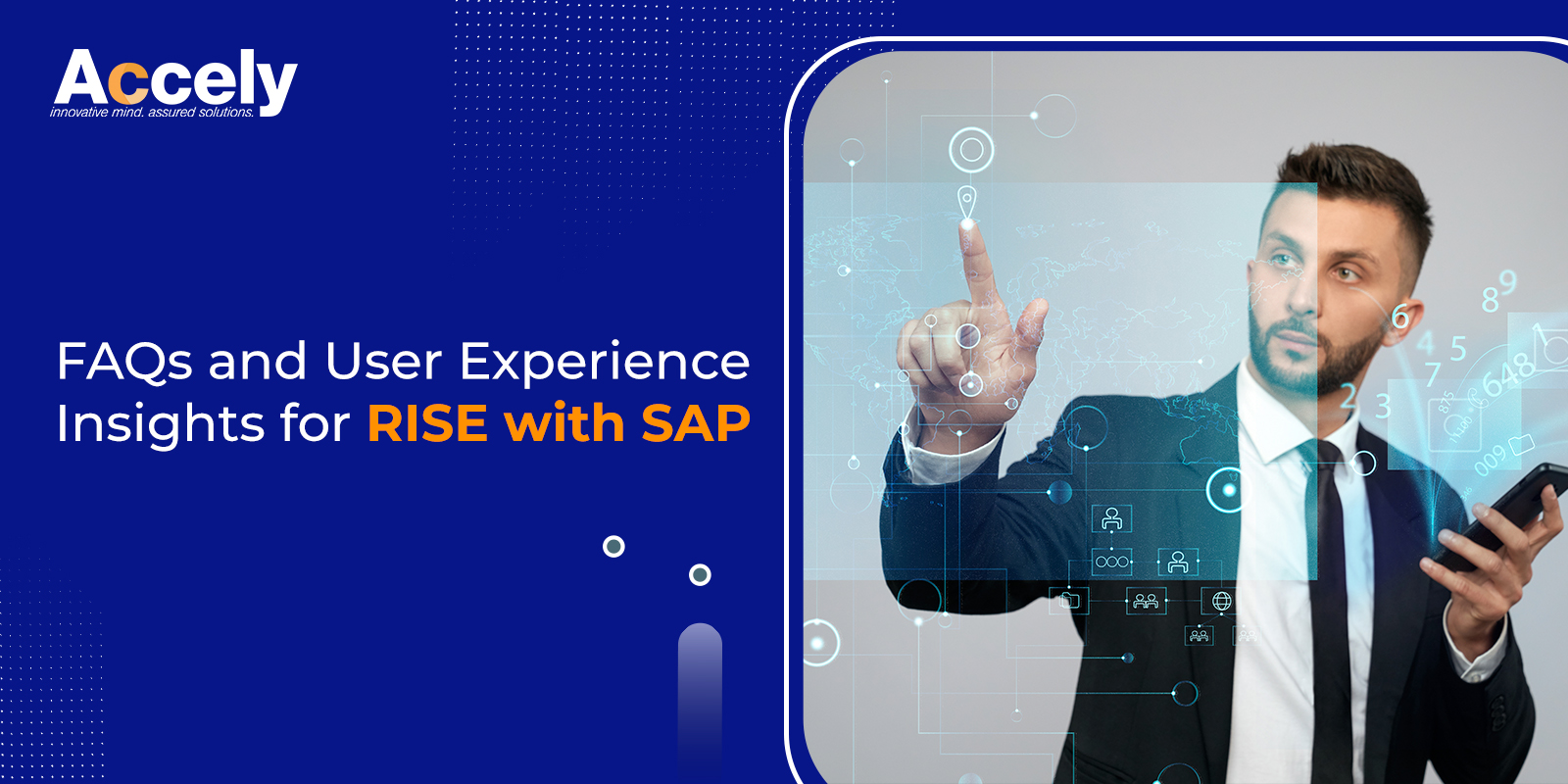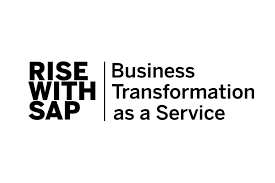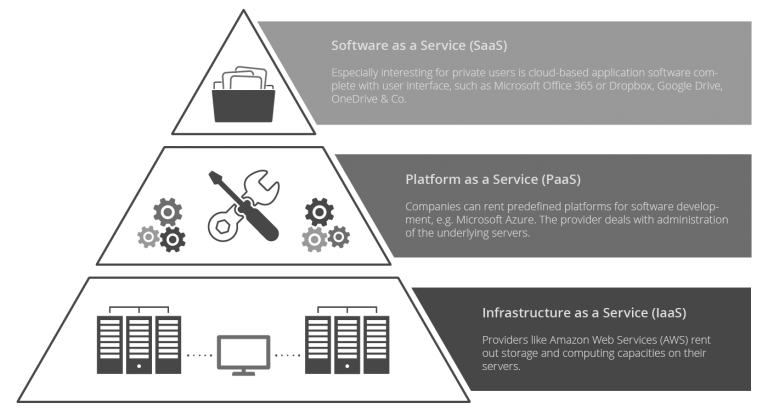FAQs and User Experience Insights for RISE with SAP
14-Feb-2023The launch of RISE with SAP has provided clients with a ready-made path to SAP S/4HANA and the cloud. Although the packaged, subscription-based service is just a few months old, members could still have inquiries regarding it and how it might be used.
Source: https://blogs.sap.com/
These FAQs will address some of the most frequently asked questions about RISE with SAP. It will also direct readers to the excellent events, webcasts, and editorial material where we go into deeper detail about these subjects. Continue reading to learn more about RISE with SAP.
FAQs & User Experience Insights for RISE with SAP
#1 What are the contents of RISE with SAP
The RISE with SAP solution is broad and has a variety of parts, such as Cloud ERP, Business Process Intelligence, Business Platform and Analytics, and Business Networks. As an extra bonus, RISE with SAP allows clients to select their preferred hyperscaler. SAP is also in charge of comprehensive cloud operations, technical support, and SLA (Service Level Agreement).
Software, services, tools, and infrastructure platforms make up the package. However, that’s not all. The package includes an SAP readiness check, Business Process Intelligence, and a custom code analyzer, among other tools.
- Software such as SAP BTP, S/4 HANA, etc.
- Platform: Terms of maintenance service as per the Infrastructure or contract on the Cloud of users’ choice.
- One contract, one bundle, and one offer are all included in this.
#2 What are the perks of acquiring every module under RISE with SAP?
With one package, everything is easily attached to one neck, making operations simple, whether it be infrastructure, database, operating system, network and security, or application.
Moreover, you have access to services with well-defined SLAs, support for managing operations, and issue management through this.
Of course, the TCO advantages may vary based on your needs and the size of the project.
#3 What is the typical system landscape for S/4HANA in RISE with SAP?
SAP offers two system landscapes and three system landscapes as a standard, depending on the use case.
Development and production are two systems.
Development, Quality, and Production are the three systems. But, with some additional expense, the Rise contract may be adjusted for a 4, 5, or 6… system landscape depending on the use case. You can decide to include all of these systems in your transport (change route) or to keep them out of the way.
Users also receive the following peripherals in addition to the S/4 system for various purposes.
- SAP Web Dispatcher
- SAP HANA runtime
- SAP Cloud Connector (optional, on customer request)
- Enterprise Support
- SAP Fiori embedded
What’s more? Users also receive network assistance in case they need to link their S/4 system to other third-party service providers, such as an SMTP and SMS gateway provider.
#4 Who decides which cloud platform service provider to switch to?
The end user completely controls selecting your preferred cloud platform provider.
Users currently have the alternatives of Azure, Alibaba, Amazon, and Google Cloud. Cloud Infrastructure Providers will eventually include IBM cloud as well.
#5 What are the high-end factors customers should choose when deciding between public and private clouds?
Choosing between Private and Public clouds can be a severe issue. So, if you’re a user confused with your options, here’s an overview:
Private Cloud:
You can choose Private Cloud if you, as a customer, want:
- To maintain earlier investments, such as ECC customizations, settings, and partner add-ons, while transferring to the cloud at your own speed.
- Obtain software, support, and technical managed services through a single point of contact with a set SLA.
- To utilize the S/4HANA system with a basic solution while also wanting to do customization in accordance with your company’s needs.
Public Cloud:
You can choose Public Cloud if you, as a customer, want:
- To have a comprehensive, contemporary, native SaaS ERP system, to reap the benefits of the public cloud, to rethink business processes, and to profit from best practices that are widely accepted.
- To avoid changing existing ERP processes and setups in order to have a pure Cloud ERP solution.
- To achieve a low TCO.
#6 What is the scope of BASIS/IaaS Service?
Although SAP offers RACI standard services, a lot of technical work—including Fiori Developers, BASIS, ABAP, Sizing, and Security—remains to be done by the client or partner.
The scope of SAP Managed services does not include the services offered by Hyperscaler platform services.
Source: https://blogs.sap.com/
Technical managed services include BASIS Services, and RISE collaborates with the SAP team to complete around 80% of SAP BASIS tasks.
Below are included in the final 20%.
Importing transport, managing roles and authorizations, maintaining RFCs and system connections, setting up SMTP, maintaining SICF services, etc.
The primary responsibility of a BASIS consultant (from the partner or client side) is to coordinate technical services by submitting SAP service requests.
#7 How RISE with SAP ensures service resiliency?
No single point of failure exists at any layer of the solution, including the network, applications, and databases, and high availability of 99.7% in the production system is ensured.
All other necessary infrastructure, including the network, storage, and hypervisor, has redundancy.
Virtual machines supply applications that offer a high level of redundancy.
In Conclusion
This brings us to the end of our blogs on the different abilities of the RISE with the SAP module. With this, we hope to have introduced you to all the possible perks you can add to your business. However, if you haven’t, consider reaching out to a professional SAP Implementation Partner to remodel the future of your operations.














